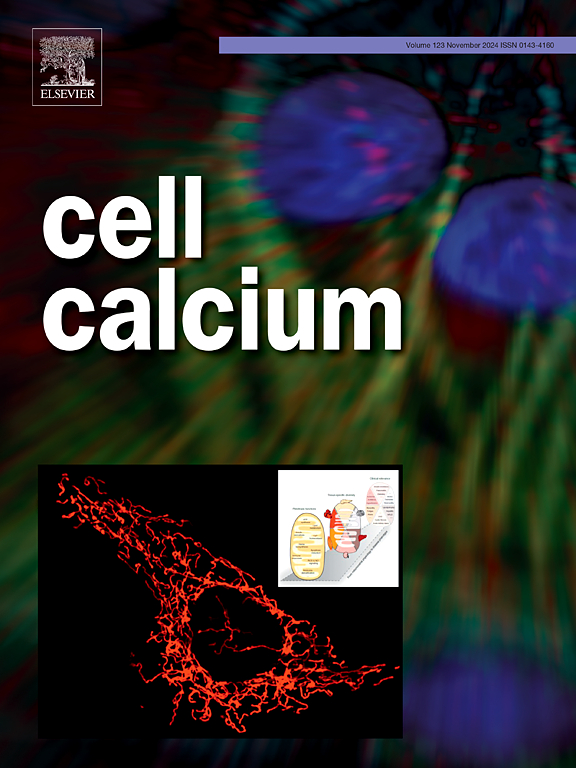Crosstalk between calcium and reactive oxygen species signaling in cancer revisited
IF 4.3
2区 生物学
Q2 CELL BIOLOGY
引用次数: 0
Abstract
The homeostasis of cellular reactive oxygen species (ROS) and calcium (Ca2+) are intricately linked. ROS signaling and Ca2+ signaling are reciprocally regulated within cellular microdomains and are crucial for transcription, metabolism and cell function. Tumor cells often highjack ROS and Ca2+ signaling mechanisms to ensure optimal cell survival and tumor progression. Expression and regulation of Ca2+ channels and transporters at the plasma membrane, endoplasmic reticulum, mitochondria and other endomembranes are often altered in tumor cells, and this includes their regulation by ROS and reactive nitrogen species (RNS). Likewise, alterations in cellular Ca2+ levels influence the generation and scavenging of oxidants and thus can alter the redox homeostasis of the cell. This interplay can be either beneficial or detrimental to the cell depending on the localization, duration and levels of ROS and Ca2+ signals. At one end of the spectrum, Ca2+ and ROS/RNS can function as signaling modules while at the other end, lethal surges in these species are associated with cell death. Here, we highlight the interplay between Ca2+ and ROS in cancer progression, emphasize the impact of redox regulation on Ca2+ transport mechanisms, and describe how Ca2+ signaling pathways, in turn, can regulate the cellular redox environment.

癌症中钙和活性氧信号之间的串扰
细胞活性氧(ROS)和钙(Ca2+)的动态平衡是错综复杂的联系。ROS信号和Ca2+信号在细胞微域内相互调节,对转录、代谢和细胞功能至关重要。肿瘤细胞经常劫持ROS和Ca2+信号机制,以确保最佳的细胞存活和肿瘤进展。在肿瘤细胞中,质膜、内质网、线粒体和其他膜上Ca2+通道和转运体的表达和调控经常发生改变,这包括ROS和活性氮物种(reactive nitrogen species, RNS)对它们的调控。同样,细胞Ca2+水平的改变会影响氧化剂的产生和清除,从而改变细胞的氧化还原稳态。这种相互作用可能对细胞有益或有害,这取决于ROS和Ca2+信号的定位、持续时间和水平。在光谱的一端,Ca2+和ROS/RNS可以作为信号模块,而在另一端,这些物种的致命激增与细胞死亡有关。在这里,我们强调Ca2+和ROS在癌症进展中的相互作用,强调氧化还原调节对Ca2+运输机制的影响,并描述Ca2+信号通路如何反过来调节细胞氧化还原环境。
本文章由计算机程序翻译,如有差异,请以英文原文为准。
求助全文
约1分钟内获得全文
求助全文
来源期刊

Cell calcium
生物-细胞生物学
CiteScore
8.70
自引率
5.00%
发文量
115
审稿时长
35 days
期刊介绍:
Cell Calcium covers the field of calcium metabolism and signalling in living systems, from aspects including inorganic chemistry, physiology, molecular biology and pathology. Topic themes include:
Roles of calcium in regulating cellular events such as apoptosis, necrosis and organelle remodelling
Influence of calcium regulation in affecting health and disease outcomes
 求助内容:
求助内容: 应助结果提醒方式:
应助结果提醒方式:


